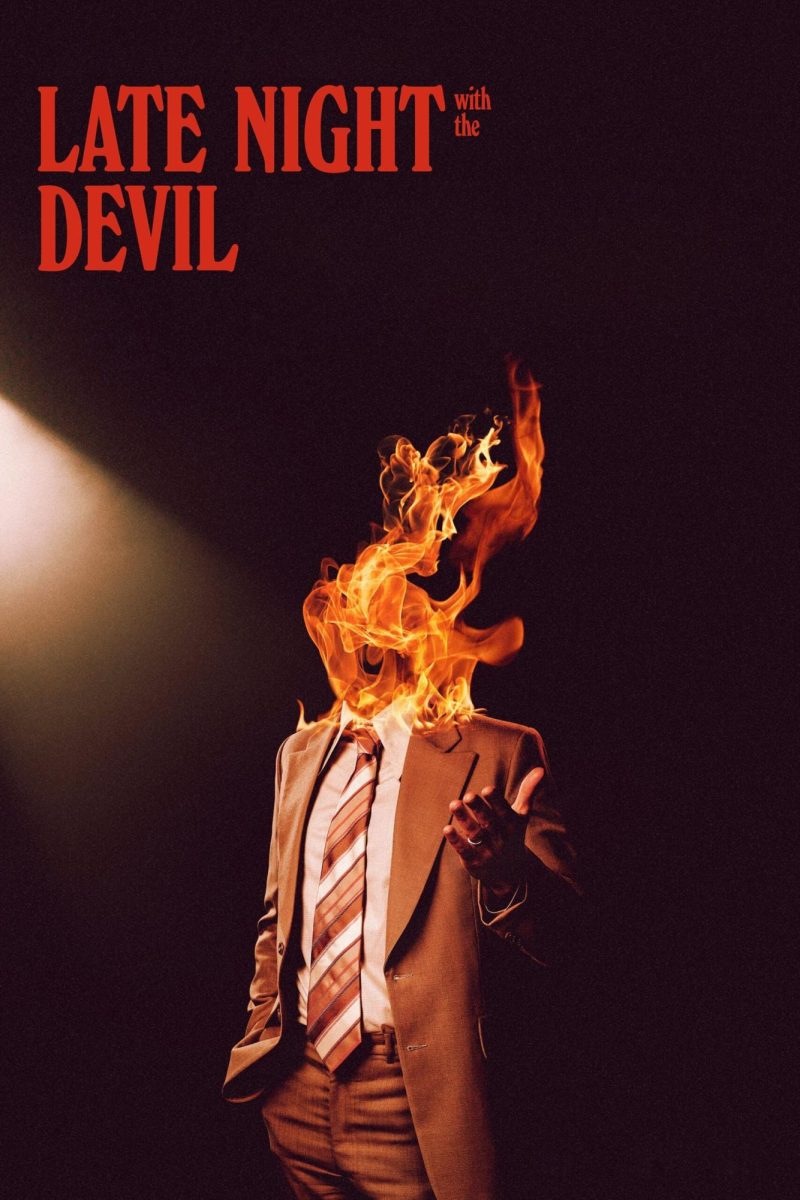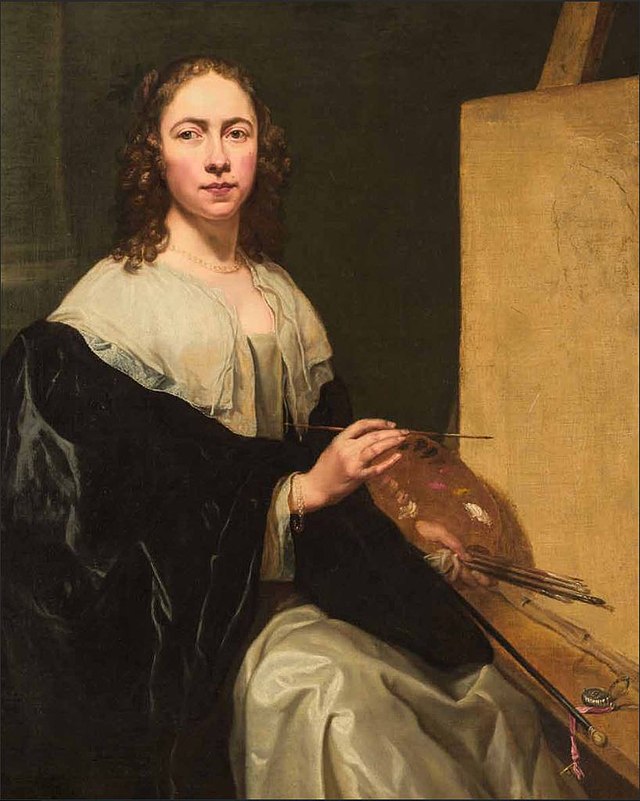Last Monday night in Pruellage Hall, students assembled to learn about the changing face of dance at the turn of the 19th century. It was a time when the norms were challenged and curfews extended as Frenchman whirled around ballrooms to the beat of their modernizing world. The event illuminated that today’s casual forms of fun may still reflect our politics and deeper developments in society. Even though the French might seem formal and strait-laced compared to our modern culture, it turns out that our European relatives actually knew how to have a good time back in their day.
During the French Revolution, dance was parallel with the spirit of change running through all parts of life and reflected rebellious attitudes of the country. Perhaps our twerking, jerking, wopping, leaning-like-a-cholo, pop-lock-and-dropping and doing the dougie somehow still reflect more serious elements of our society. When compared to the romance of Masquerade balls, though, cross-class relations and murmurings of rebellion in France are dances that seem somewhat incomparable.
During the reign of Louis XIV, or the “Sun God” of France, ballet became a very popular formal style of dance with the king himself as the sole dancer. Once Louis XVI was crowned king the people became sickened by his supremacy and allowed for their politics to reflect in their dances. One example was the Contradance, which was an easy dance with many variations that multiple couples could perform together. This meant that Louis XVI was no longer front-and-center with the people acting as mere bystanders. Rather, everyone could dance on the same dance floor as the king, which presented a new symbol of how the monarch was beginning to crumble.
To reinforce their growing social freedoms, the nobles came up with the idea of the Masquerade Ball; when wearing a mask, rank is concealed and inconsequential. There could be co-mingling of all the social classes since gaining entry to a ball was purely based on having a ticket and there were no exceptions, even for the king. Nobles were clearly displaying their ability to make their own rules and how the populous could exercise their ideas freely without a monarch.
All parts of French society changed drastically during this time in order to do away with anything reminding the revolutionaries of the royal family. The tradition of dance continued to be fearless as the French became known for the waltz later in the 19th century, which had to be done with a great deal of reserve and decency since the style was so shocking.
The traditions of dance within a culture are not insignificant as we may sometimes assume. Along with the other art forms, dance reflects a culture’s motivations and inclinations. Too easily we brush aside the Arts as nonessential trivia in our history classes. Rather, we should look to Revolutionary France as an example for making each footfall a proclamation of power with which to maneuver through the chronicles that link political legacies to the world.







